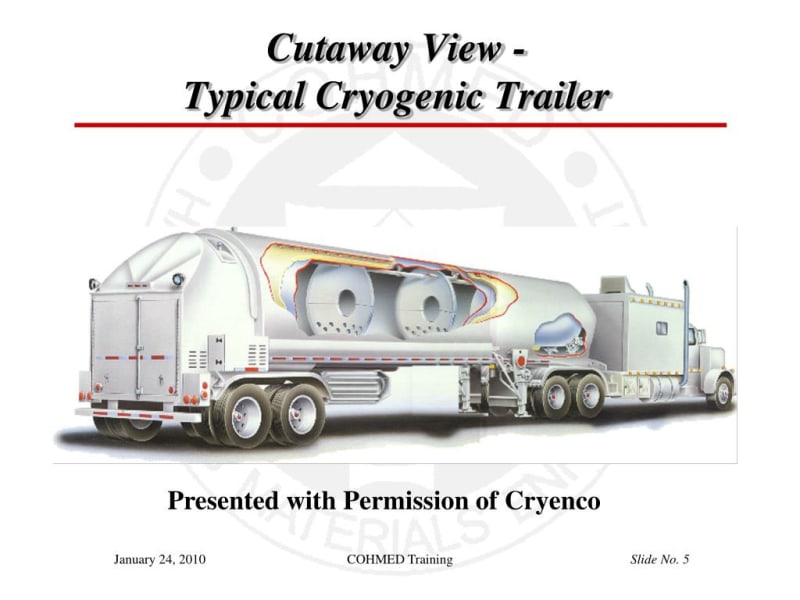MADHU MADATHIL
Mechanical
one of my machine required Argon Gas for the operations and the requirement is around 650 L/Min with 9 bar pressure. How will I determine the required Gas cylinders for 24 hour continuous operation. we have 40 liter cylinders available with 150 bar pressure. the normal outside temperature is 33 degree Celsius.

